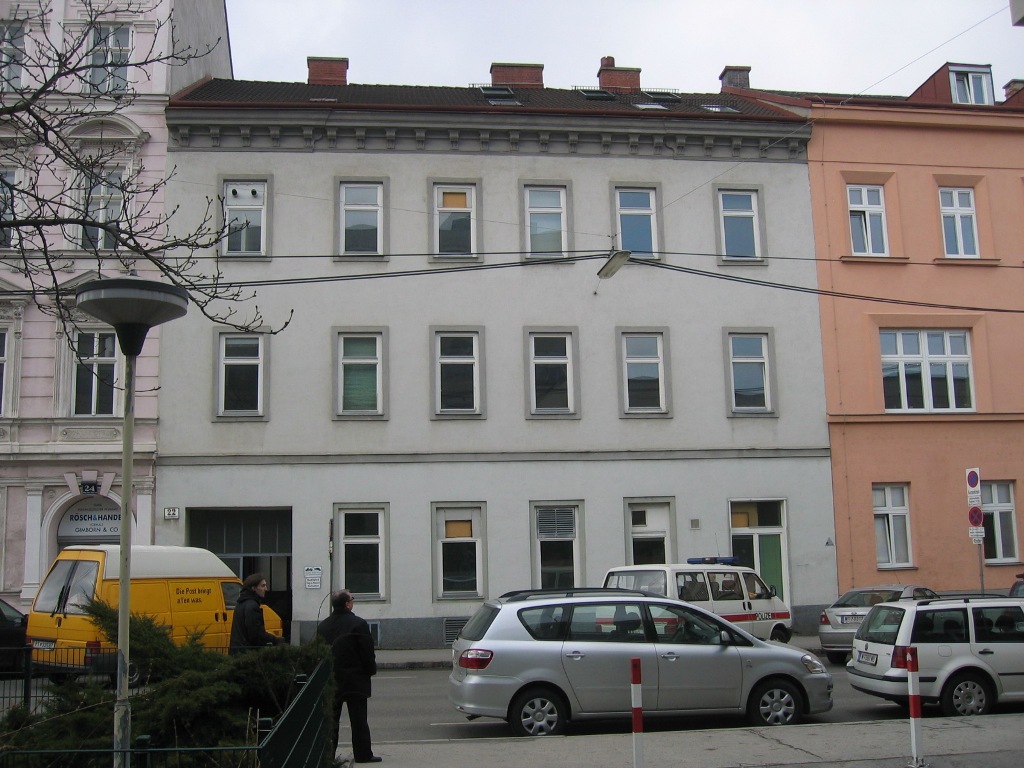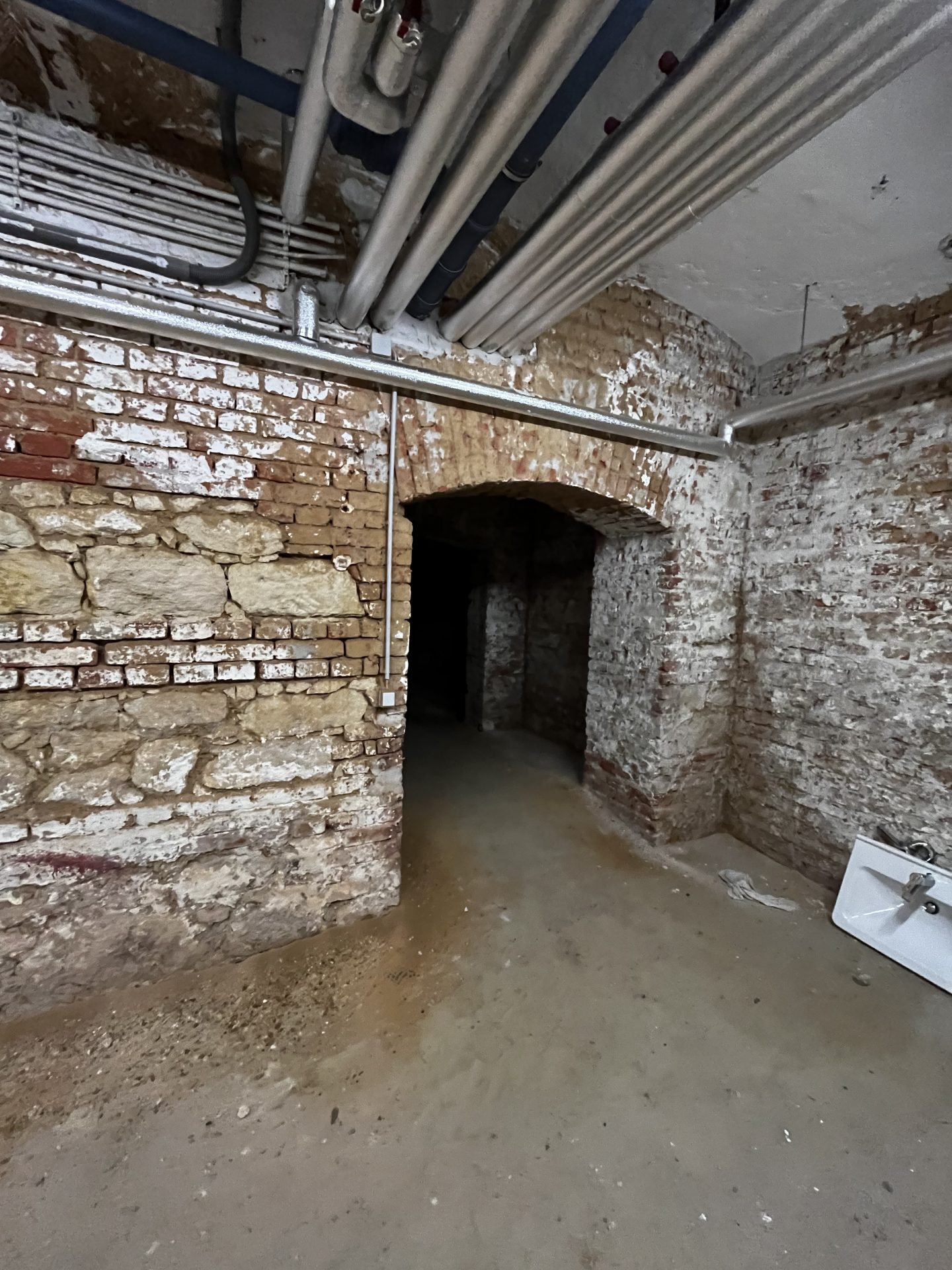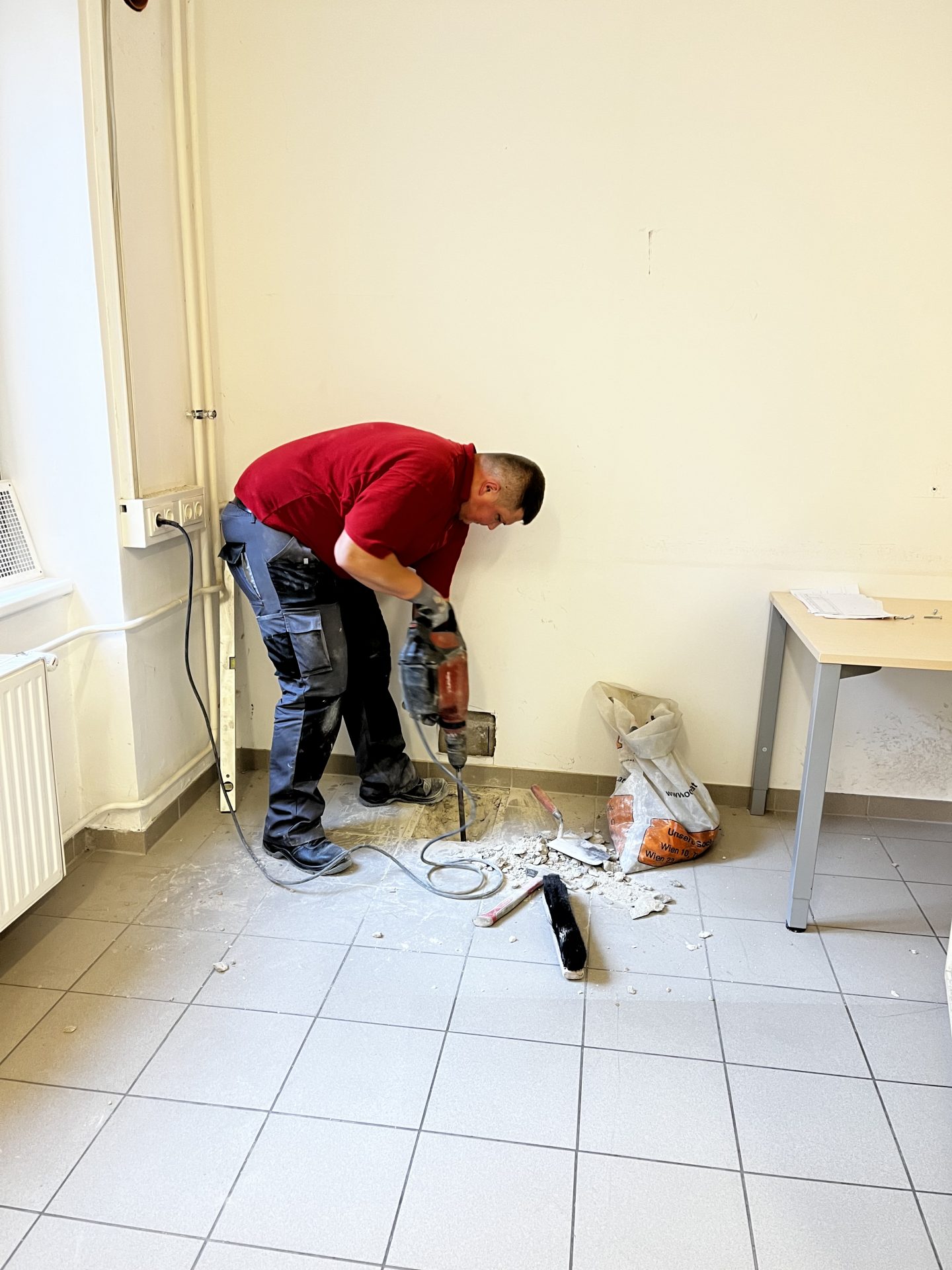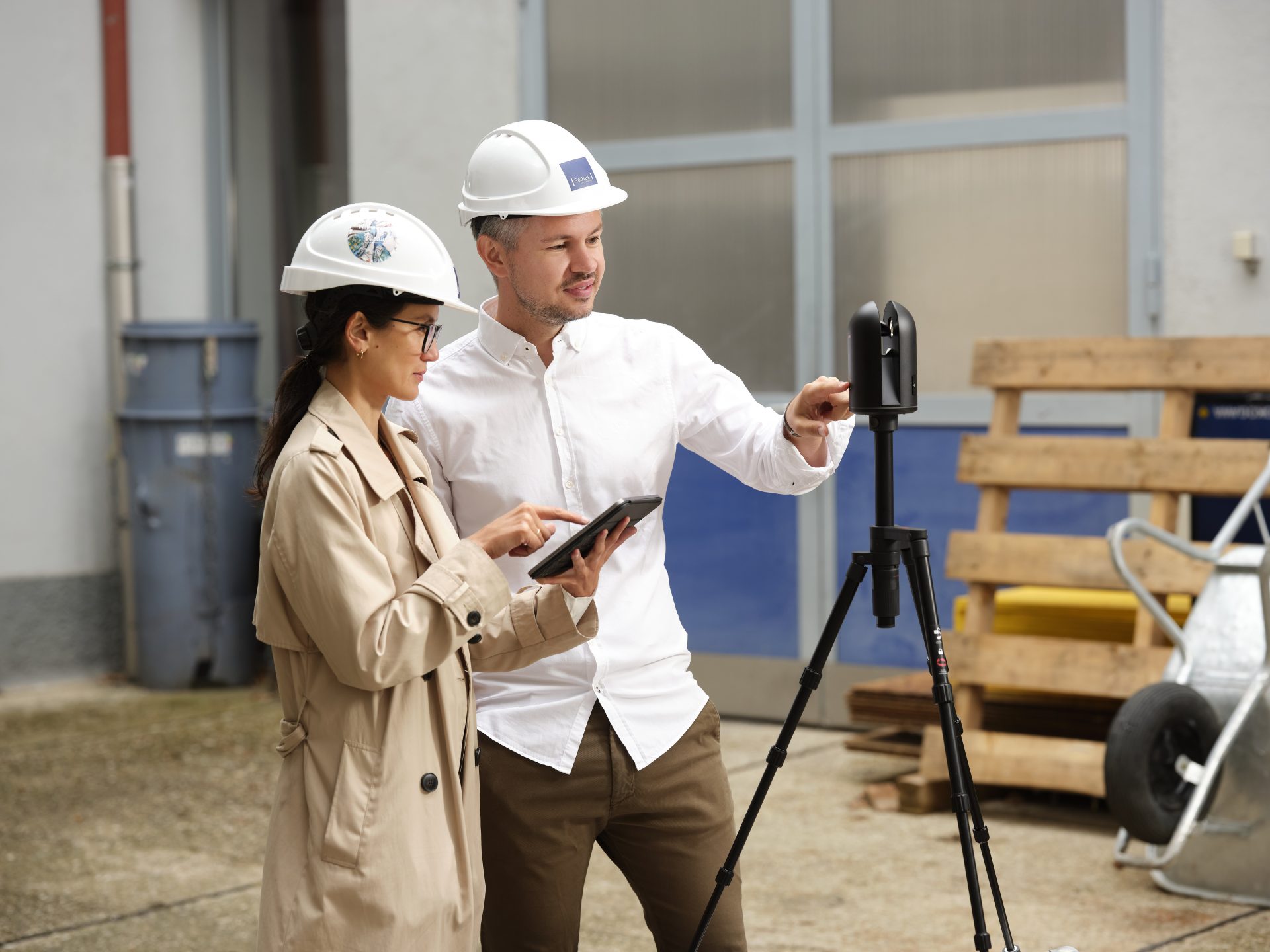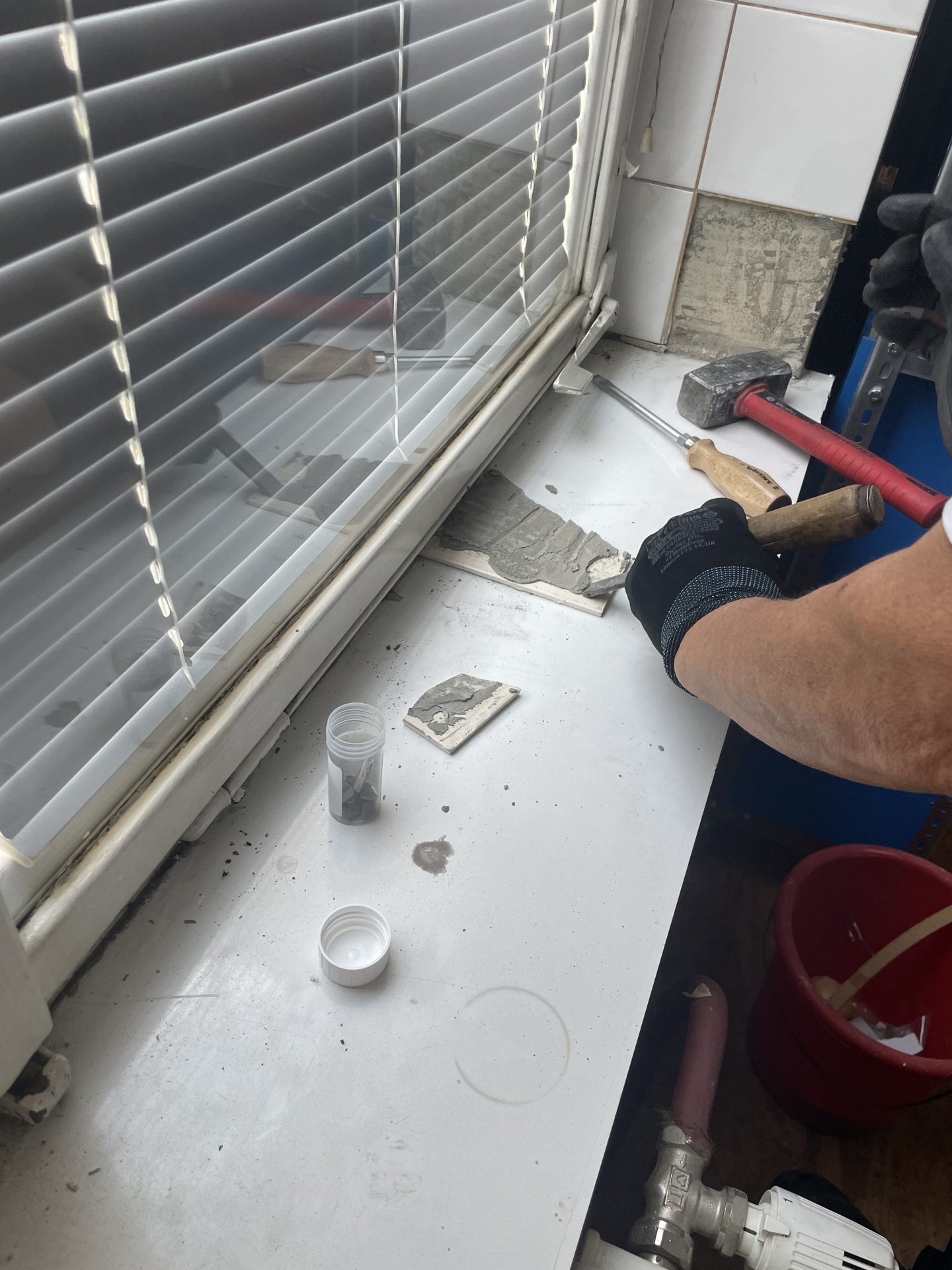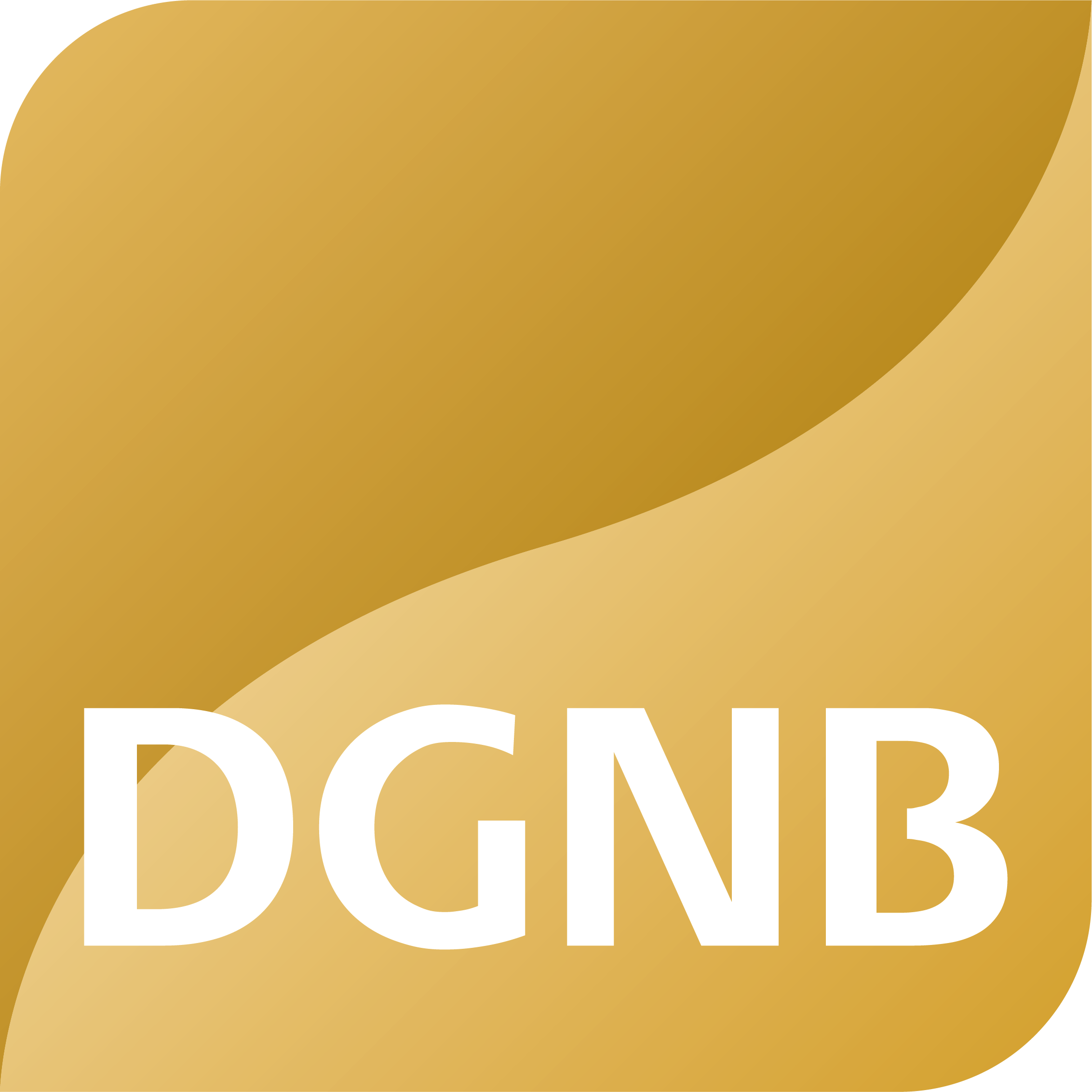
DGNB Gold
About this project
Circular refurbishment in practice: a Wilhelminian-style building in Vienna ’s Favoriten district becomes a pilot project
Van der Nüll Gasse 22 – an existing property owned by Sedlak Immobilien – is to be refurbished and the construction company DI Wilhelm Sedlak GmbH is determined: „We want to implement what everyone has been talking about for some time and start the practical test.“ For the first time, a building is being refurbished to be recyclable in accordance with the EU taxonomy, taking into account the technical assessment criteria published as a delegated act by the European Commission in June 2023. The focus is on solutions that are as economical and scalable as possible and can be implemented at moderate cost.
The building in question is a Wilhelminian style building from 1885 that has been renovated several times. There is nothing left of the classic façade from this period; from the outside, it is more reminiscent of a building from the 1960s. According to an initial study, new apartments and offices are to be built here on a gross floor area of 1,650 m², part of which will be created through redensification in the form of three storeys in the loft conversion. The project was launched in June 2023, construction is scheduled to start in early 2025 and be completed in early 2026.
What does circular construction actually mean?
„A prerequisite for the realization of taxonomy-compliant renovation is the fulfillment of the criteria of one of the six environmental goals without causing significant damage to one of the other goals at the same time. The environmental goal „transition to a circular economy“ is of immense importance for the construction industry in particular, as the construction industry consumes more than a third of the world’s resources and the potential savings are correspondingly high,“ explains Simone Grassauer, Managing Director of SCALE Umweltberatung GmbH, which is supporting the project.
In concrete terms, circular construction and renovation means Extending the useful life of the building – through planning that includes conversion options and guarantees ease of use, as well as using materials and technologies with a long service life and dispensing with primary raw materials in favor of secondary raw materials – i.e. reusing what is already there or using recycled materials, and reducing waste during construction that cannot be recycled. In addition, a dismantling concept for the end of the building’s useful life must be considered at the planning stage. A life cycle assessment must be drawn up for the building over its entire service life from the start of renovation. And the materials used in the building should be able to be reused at some point, for which a digital building resource passport is required as a material database – so that it is also visible what and where,
And how exactly do you prove that the building has actually been refurbished to be circular?
Margarete Berl, project manager at Sedlak Immobilien, knows: „Level(s) is an approach developed by the EU to verify and assess the sustainability of a building over its entire life cycle, not to be confused with building certification. The EU taxonomy also refers to this in the technical criteria for the environmental objective ‚transition to a circular economy'“.
The process is supported by new software from SCALE, which can be used to simulate the environmental impact of the building depending on the materials used – a BIM-based building model is a prerequisite for creating the life cycle assessment and enables greenhouse gas emissions and other environmental indicators such as primary energy requirements or acidification potential to be optimized during the planning phase by comparing different building materials in the model.
„A precise survey of the existing building and subsequent potential analysis are essential for successful planning. We – the client, planners, structural engineers, building physicists and builders – are in close contact; the much-cited integral planning is a reality here,“ explains Margarete Berl. It is exciting and challenging to take the step towards circular construction and requires new, creative, open-minded thinking in sometimes unfamiliar ways. From today’s perspective, there is no way around it, as the available raw materials are dwindling worldwide.
The progress of the project can be followed on a BLOG on the website of DI Wilhelm Sedlak GmbH. https://www.sedlak.co.at/pilot-kreislauffaehige-sanierung
Further information:
berl@sedlak.co.at
simone.grassauer@scale.co.at
